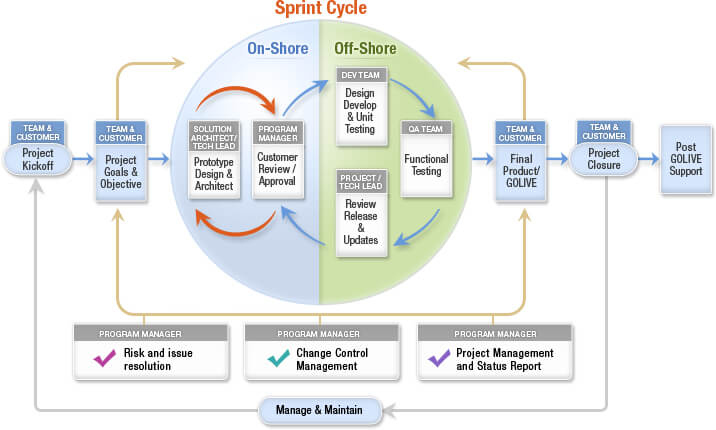

Interactions between component practices and plant-soil response will not be the same for every crop, climate or soil type. However, few studies have linked soil quality to crop response or have provided insight into how LEI component practices interact to drive changes in soil quality or plant response. Many studies have documented soil quality changes under LEI systems compared with conventional systems, i.e., and many have reported their similar agronomic performance, i.e. Low external input (LEI) diversified cropping systems aim to improve efficiency by manipulating natural processes to partly supply crop nutrients and reduce weed competition, instead of entirely relying on chemical inputs. The funders had no role in study design, data collection and analysis, decision to publish, or preparation of the manuscript.Ĭompeting interests: The authors have declared that no competing interests exist.ġ.1 Low external input system effect on soil qualityįarmers are under pressure to increase input use efficiency. This is an open access article distributed under the terms of the Creative Commons Attribution License, which permits unrestricted use, distribution, and reproduction in any medium, provided the original author and source are credited.ĭata Availability: All relevant data are within the paper and its Supporting Information files.įunding: Funding for this experiment was provided by the Leopold Center for Sustainable Agriculture (Projects 2004-E-E09) and the University of Illinois College of Agriculture and Consumer Sciences Jonathan Baldwin Turner Fellowship. Received: Accepted: SeptemPublished: October 28, 2016Ĭopyright: © 2016 Lazicki et al. Michael Lehman, USDA Agricultural Research Service, UNITED STATES Resulting efficiencies observed in the LEI grain crops indicate that resource distribution as well as abundance is an important component of soil function that helps explain how LEI systems can maintain similar or greater yields with fewer inputs than achieved by their conventional counterparts.Ĭitation: Lazicki PA, Liebman M, Wander MM (2016) Root Parameters Show How Management Alters Resource Distribution and Soil Quality in Conventional and Low-Input Cropping Systems in Central Iowa.

The plow-down of organic amendments and manures established meaningful differences in SQIs and extended the rhizosphere of the LEI systems. This distribution was mirrored by maize root length density, which was also concentrated in the top 10 cm of the conventionally managed plots and evenly distributed between depths in the LEI systems. While POM-C and PMN in the top 10 cm were similar in all three systems, stocks in the 10–20 cm depth of the conventional system were less than half the size of those found in the LEI systems.

All biochemical SQIs were more stratified ( p<0.001) in the conventionally-managed soils. Surprisingly, SQIs did not vary with crop-phase or date. Organic C inputs, which were 58% and 36% greater in the 3-year rotation than in the 4-year and 2-year rotations, respectively, did not account for differences in SQI abundance or distribution. Stocks of particulate organic matter carbon (POM-C) and potentially mineralizable nitrogen (PMN) were greater and more evenly distributed in the LEI than conventional systems. We constructed a carbon budget and measured soil quality indicators (SQIs) and rooting characteristics using samples taken from two depths of all crop-phases of each rotation system on multiple dates. We expected changes in soil quality to be driven by organic matter inputs, and root growth to reflect spatial and temporal fluctuations in soil quality resulting from those additions. The 2-year system was conventionally managed and chisel-ploughed, whereas the 3-year and 4-year systems received plant residues and animal manures and were periodically moldboard ploughed. This work sought to identify links between management practices, soil quality changes, and root responses in a long-term cropping systems experiment in Iowa where grain yields of 3-year and 4-year LEI rotations have matched or exceeded yield achieved by a 2-year maize ( Zea mays L.) and soybean ( Glycine max L.) rotation. Plant-soil relations may explain why low-external input (LEI) diversified cropping systems are more efficient than their conventional counterparts.


 0 kommentar(er)
0 kommentar(er)
